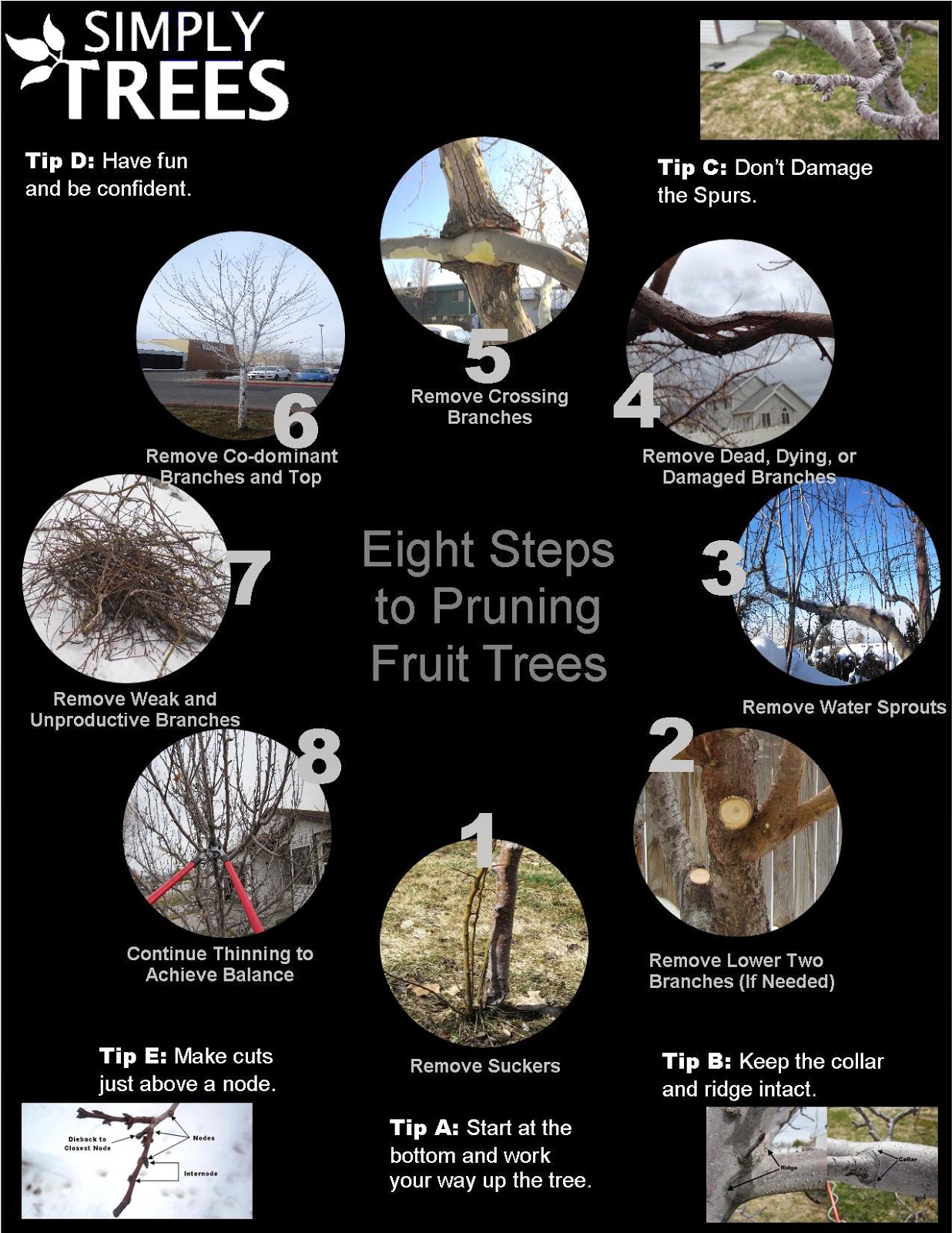Protecting Your Landscape: Replanting After Tree Elimination
Protecting Your Landscape: Replanting After Tree Elimination
Blog Article
Web Content Produce By-Lindsay Garrett
Tree elimination can leave a space in your landscape that requires dental filling. You can plant something brand-new because space, but it takes extra treatment and interest at the starting to help it flourish.
The soil in that area will certainly keep changing in time as microbes break down the old origins. That can influence the vitamins and mineral equilibrium and physical space for new development.
Soil
The soil in a plot where a tree has been removed is most likely to be extremely various from the remainder of your yard or lawn. https://www.kivitv.com/rebound/rebound-idaho-evictions-are-rising-significantly-in-idaho-according-to-new-data-heres-some-tips-to-avoid-an-eviction-on-your-record of the old tree and the stump will certainly have transformed the dirt, eliminating some nutrients and potentially crowding out other plants. On top of that, if the previous tree was diseased, the infectious agent may still remain in the ground.
The presence of roots cultivates a rich and varied area of dirt microorganisms that boosts important processes like nutrition biking and raw material decay. Without these bacteria, the displaced dirt can end up being much less abundant and nutrient-depleted, with an adverse effect on plant growth.
Prior to replanting, the dirt needs to be removed of particles and natural material (such as timber chips from stump grinding). You might want to mix in potting soil or indigenous dirt with this garden compost to give your brand-new planting with an atmosphere that is well balanced and loaded with nutrients.
Water
Tree origins take in huge amounts of water from the soil. This process also adds nutrients back to the soil, specifically nitrogen, which is essential for brand-new trees and plants. Unfortunately, old soil can be depleted of these crucial minerals because of the decaying origins and stump from a gotten rid of tree.
This is why it's important to have a plan for the future of your landscape. Preferably, the very best time to plant is when you have a fresh start.
Whether you're planting lawn or blossoms, ensure to use a soaker tube to stay clear of overwatering your brand-new landscaping. If the location was a garden, ensure to cover the dirt with natural mulch to aid keep wetness in the soil, manage dirt temperature levels and reduce weeds. This additionally provides a layer of security for young plants and promotes worm activity. Then, regularly replenish the compost to proceed improving the soil nutrient thickness and microbial life. This is known as dirt restoration.
Light
Trees are a great addition to any kind of landscape, offering color, aesthetic pulchritude, and lots of various other benefits. Nevertheless, occasionally trees become undesirable because of a selection of factors, consisting of condition, bug infestations and all-natural aging.
In such cases, it might be essential to remove a tree. It is very important to consider the value of a specific tree in your landscaping and take the correct steps to ensure that the elimination is done securely and successfully.
During the late summer season, it's an ideal time to perform upkeep and assessments on existing trees. Search for indications of illness, insect infestations, or structural damage, along with any type of prospective hazards such as weakened or leaning trees.
Prior to beginning any type of construction projects, be sure to protect the origin areas of existing trees by staying clear of dirt compaction and rating around them. gallery maintenance , as it breaks down, can produce harmful gases that are harmful to the roots of a tree. It's additionally a good concept to mulch the location around a tree after building has finished to save wetness and suppress weed growth.
Temperature level
Trees are essential to a landscape for their aesthetic allure, but they likewise play an important role in the regional environment by giving color and windbreaks. They support wild animals environments and reduce the quantity of co2 in the air, which can add to global warming. This is why it is recommended to replant trees after removing one from the building.
When replanting a new tree in the area of a previous stump, the soil might not have enough nutrients to sustain it. It is best to wait for a year before planting to guarantee that the soil will certainly be abundant in nutrients.
To guarantee that replanted trees prosper, it is vital to supply them with proper treatment. A layer of mulch will keep dirt dampness from vaporizing, manage soil temperature, and aid reduce weeds. Organic mulch is the recommended selection since it enhances dirt fertility. Ongoing fertilization and parasite control are also important for replanted trees.